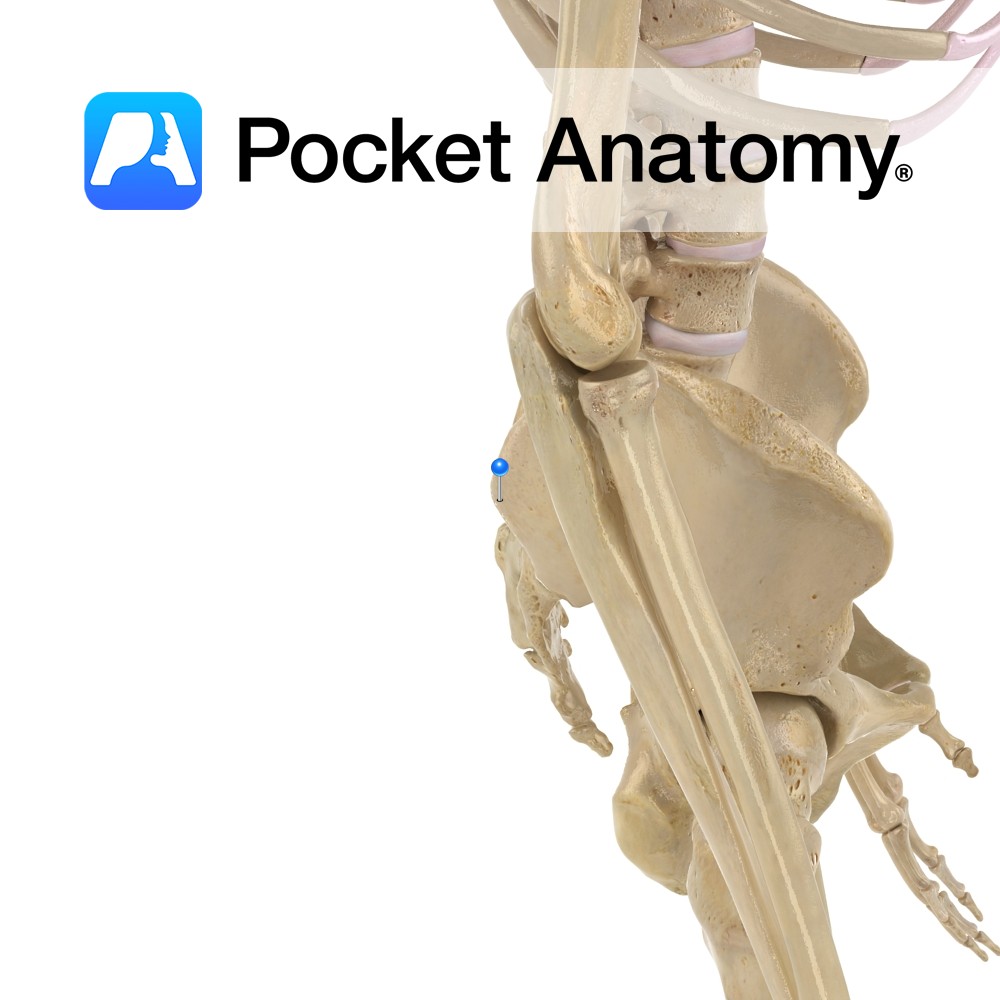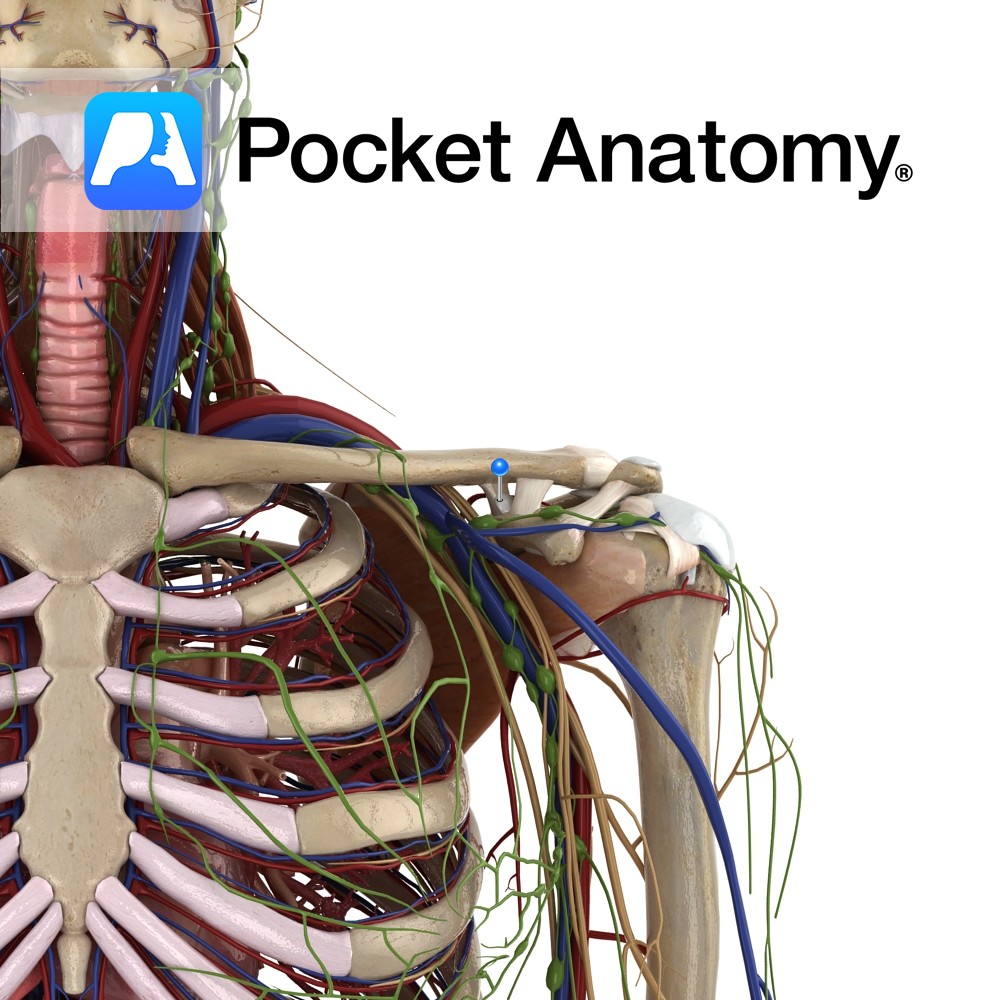Anatomy
The Thoracic Duct conveys lymph from 3/4 the body (all except the Right side of the head and neck, R upper limb and R side of chest), emptying into either the L Subclavian or L Brachiocephalic Vein. Extends from level L2 (where R and L Lumbar Trunks and Intestinal Trunk join to form the Cysterna Chyli) to root of neck (level C7), 16 inches long (Right Thoracic Duct only 1/2 inch), 1/5 inch in diameter. Carries 4 Litres lymph per day (adult); propelled up by squeezing action of breathing, some ductal smooth muscle, and prevention of backflow by valves including terminal valves. Tributary trunks; R+L Lumbar, Intestinal, L Bronchomediastinal (usually; this trunk may drain directly into the L Subclavain Vein), L Jugular, L Subclavian.
Physiology
Whereas the Cardiovascular System is closed (arterioles – systemic and pulmonary – are continuous, via capillaries, with venules), and includes a pump (the heart), the Lymphatic System is open (begins with blind capillaries, ends with the emptying of the Thoracic and Right Lymphatic Ducts into the venous system) and pumpless.
Clinical
Enlargement of a lymph node (Virchow’s node) associated with the upper extremity of the Thoracic Duct, palpable just above the left clavicle/collarbone, can indicate – even be the first sign – of a tumour (including intra-abdominal).
Interested in taking our award-winning Pocket Anatomy app for a test drive?


.jpg)


